If you’re a rookie to the farmers market, yet wanting to make that transition to becoming a locavore from the major chain grocery stores, you’ve come to the right place. Locavore’s like myself can be hardcore when it comes to the farmers market, finding the best produce and realizing the best bargains. If you’re not prepared, you may miss out or need to learn from your mistakes. Not to worry, to eliminate as many learning curves as possible, I’ve outlined my top tips I’ve learned over the years for being your own farmers market “PhD”. Implement these and you’ll be and feel like a veteran every time you shop your local farmers market.
1. Timing: This can be a bit of a dilemma for me… here’s why: First, if you arrive early, you get your pick of all the great spreads and avoid picked-over produce. However, if you’re into saving some pesos, arrive an hour before your farmers market closes and you can bargain much easier. I’ve picked up a 3-basket vat of organic strawberries that are normally $14, for almost half price; $8 and I have frozen strawberries all week for my BioTransformation shakes. That said, farmers markets aren’t like walking down The Revolucion in Tijuana, Mexico. I don’t recommend haggling. These farmers set their prices and are earning their living. Respect the prices, but just keep this tip in mind if you are there near the end of the day that you have a little more leverage to negotiate because farmers in general prefer not to bring their produce back to the farm.
2. Saving money: The first thing I always do when I get to the farmers market is walk the entire thing, take mental notes of prices, and then on the second lap around, do my purchasing. Nothing is worse than buying a vat of organic strawberries for $14 and walking a few stands down to find organic strawberries for $12… that $2 saved could have bought me a head of lettuce.
Also, in terms of negotiating, I do use the “price match guarantee”. So when I find that $14 vat of strawberries and previously had found a $12 vat from a different farmer a few stands down, I let the farmer or person I’m talking to know and let them decide if they want to match the price. If they say “Yes”, I can then choose which of the produce I prefer based on look and quality.

3. Buy in bulk: Saving money part 2… like I mentioned above, you can buy fresh and freeze, like I do with strawberries. This is a great way to buy bulk at a discount price, and save time (going to the store again that week) and money in the kitchen by freezing, canning or drying.
4. Preparation: A few preparation tips you can implement before you head out to the market:
- Come prepared by bringing your own bag
- Get some cash: some farmers market stands will take credit card, but not all.
- Are you bringing the dog with you? Bring a leash, and check your local farmers market regulations for pets if they’re even prohibited.
- Have some questions ready for the farmers
- Are you cooking that day/night? Sketch out your meals accordingly and make a list of ingredients. Conversely, you can always find some beautiful gems that you weren’t planning on finding at the farmers market and search for a recipe online when you get home, or ask the farmer yourself how they like to prepare it.
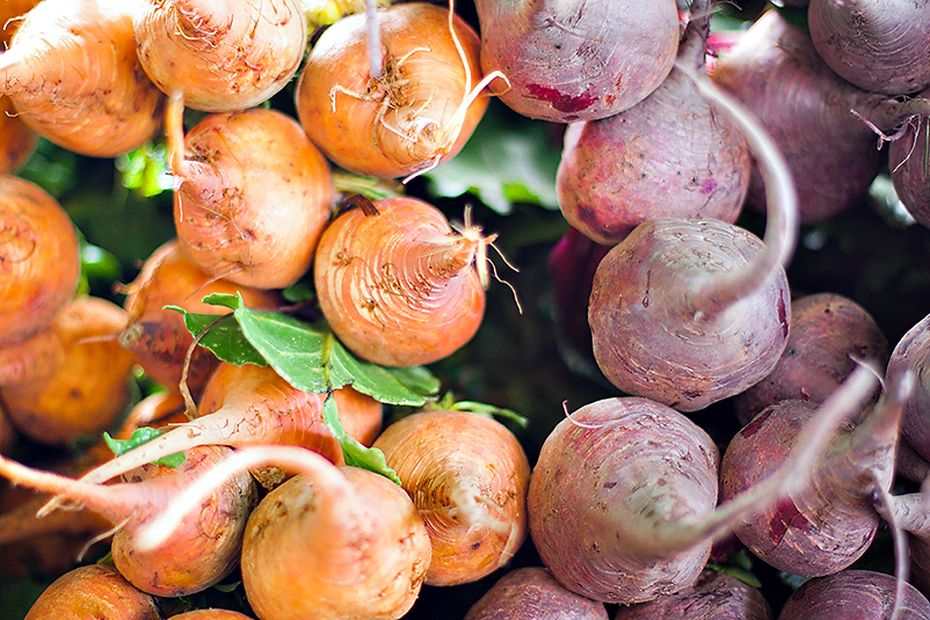
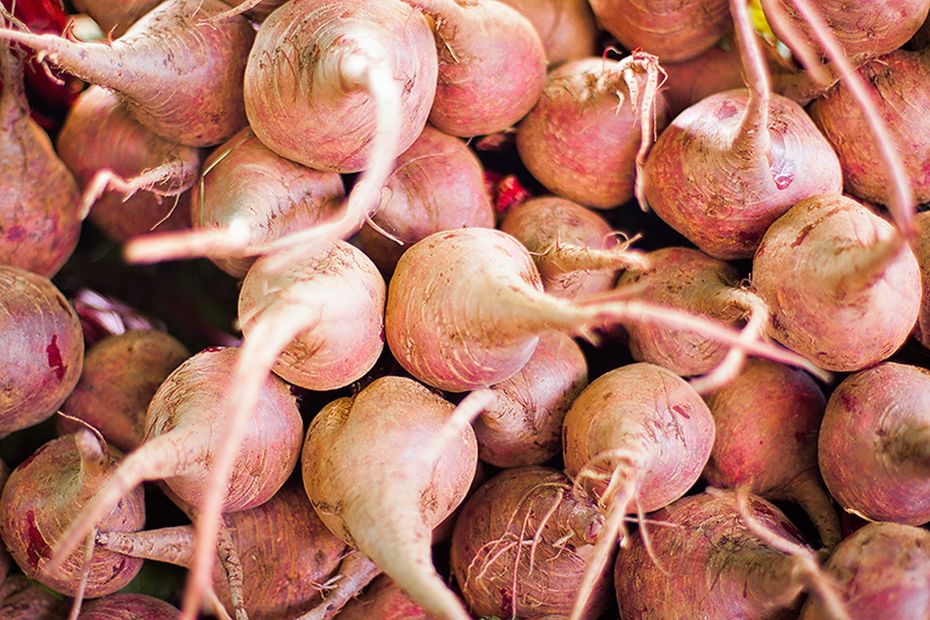
5. Nutrient quality and quantity: Eating in-season produce is important. Usually farmers will pick their haul fresh that morning before the farmers market, or the day before, compared to a grocery store where produce can be flown and shipped from all over the world; not knowing how long the transit time has been before it actually hits the grocery store shelf. As produce is picked and sits, nutrient quantity and quality can diminish. Only 100+ years ago we were limited to what was available locally in our ecosystem; mass transit, the ability to fly foods all over the world and refrigeration were not main stream yet. In terms of your body, we’re designed to eat real, whole foods, but more so, what is local to our ecosystem. This is the essence of metabolic typing in that you learn what ratios of foods are right for you based on you ancestral geographical location – part of the ReBoot Transformation Protocol).
6. Know your farmer: To know your food, it’s important to know how your food is grown. This is simple to accomplish by asking questions. The people selling you the produce at farmers market are more often than not, the people growing it! In a grocery store you do not have this option, especially for non-organic varieties which can be sprayed with pesticides and chemical fertilizers.
Besides produce, you can also find your eggs, fish, dairy and meat products at the farmers market as well, and you’ll be able to ask the same questions about organic, sustainable and eco-friendly methods the farmers use. Know your food.
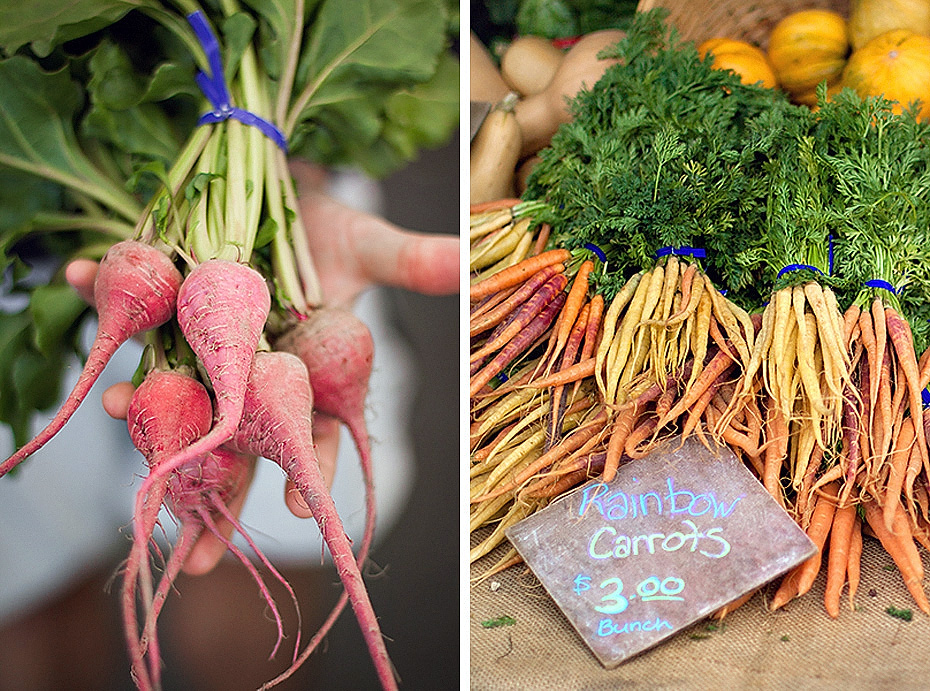
7. Ask questions: Specific questions you can ask…
What’s in season right now? What’s in season in [insert season here]?
Is this produce certified organic?
Is the meat grass-fed and grass-finished? Pastured and organic?
Are these eggs pasture-raised? organic feed?
Any GMO feed for your [insert animal here]?
Do you use any kind of chemical fertilizers or pesticides of any type on your fruits, veggies, etc.?
Organic certifications can be expensive, especially for a small farmer, so their food may not be certified but it is grown or raised in natural, organic ways. It’s like my garden.. all my fruits and veggies are grown organically, but my garden isn’t certified organic, right? Many farmers can be the same way, so again, just ask questions so you can “know your farmer to know your food”.
8. Economy: By shopping at your local farmers market, you’re automatically supporting your local community and farmers by buying in-season produce. On top of that, I always like to think the money I use to support my local farmers goes to helping them produce more healthy food, pay their mortgage, send their kids to college, etc.. where as much of that same food at a super market likely isn’t going to the local farmer, but a Big Food corporation where my money is paying some CEO’s salary, his next Ferrari or lavish vacation. I prefer to support my local farmers.
9. Lighting: If you’re into taking pics like I am, the morning or evening light is the best. The brightest sunlight midday for example is not optimal for shots.
10. Fun: Go with friends and/or family and have some fun! There’s nothing like making the farmers market part of your weekend festivities, getting some sun, picking up some great locally grown foods supporting your local community, and cooking up your foods with those same friends and family.

That is it! Begin implementing these tips and you’ll be on your way to becoming a farmers market PhD!
Need to locate farmers markets in your area? Try Local Harvest, it’s like “Google for food”.
What are some of your favorite tips for the farmers market? Please share with everyone in the comments!


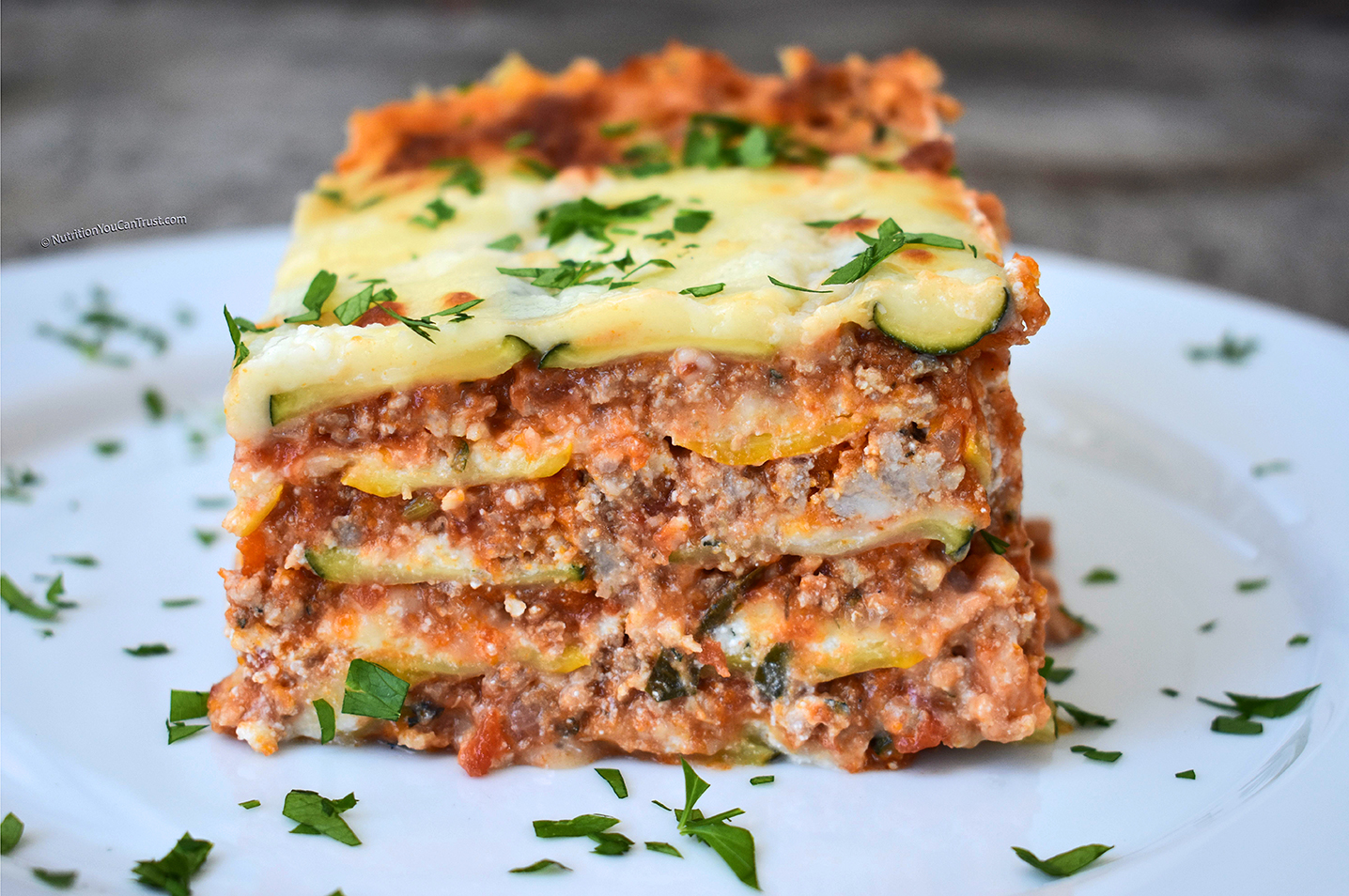


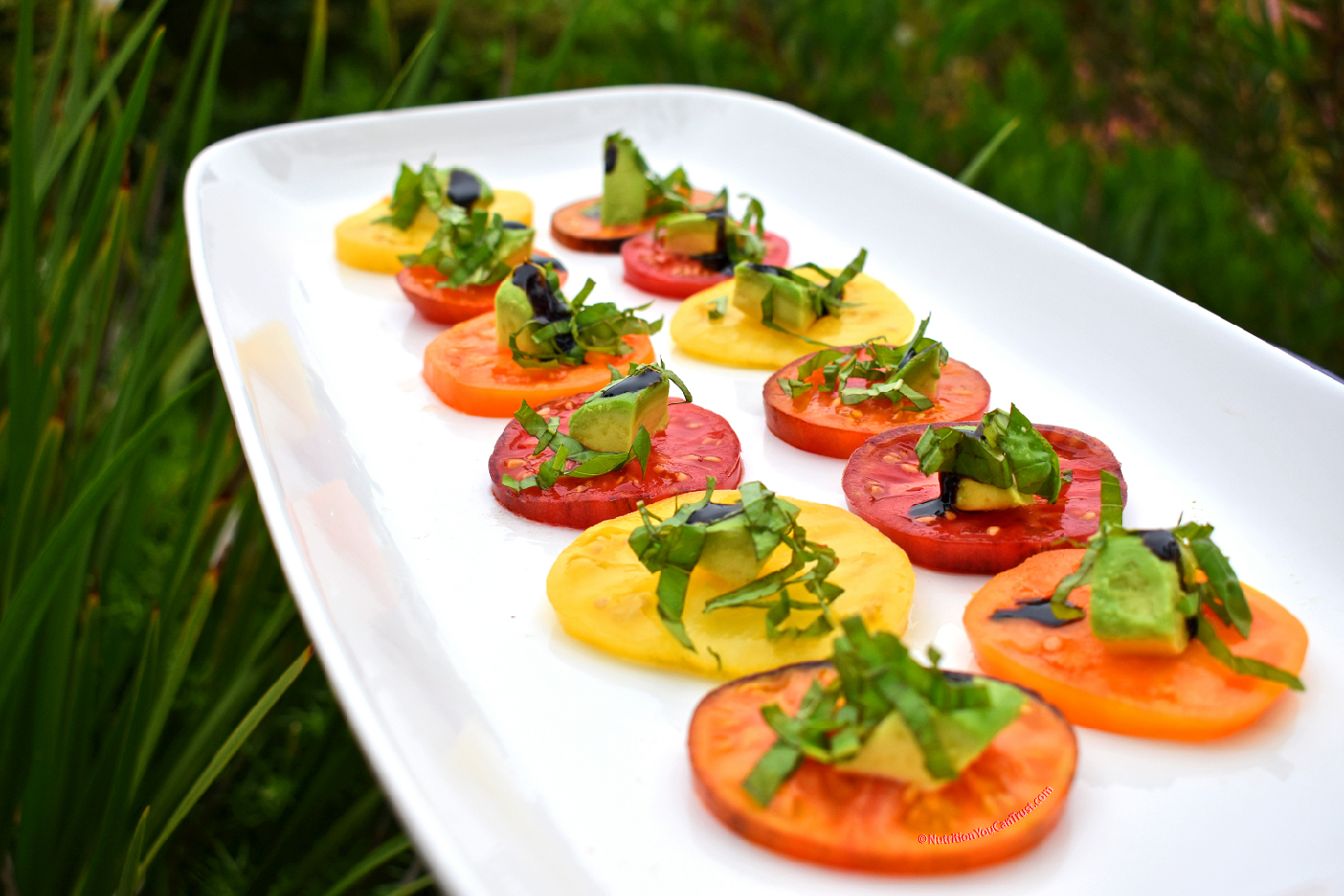

Interesting post. I didn’t think about getting the better deals towards the end of the day but it makes sense.
These are great tips, I will be using them. Thanks Jon!
Good tips. Local is the way to go.
These are all great tips. Thanks for the info. I will you it today at the market I am going to. I would encourage everyone to check out Jon’s website and the ReBoot program. I am almost done with protocol and I feel amazing. This is something that can help everyone feel there best. Thanks again Jon!!!!!!!
What a great wealth of information! You always hear about why you should shop at farmers markets, but this is the skinny on HOW to shop at farmer’s markets!!! Thanks!